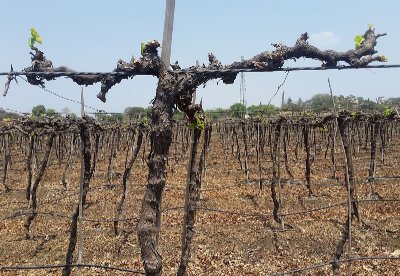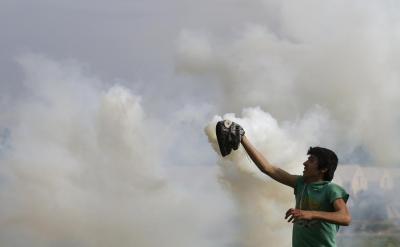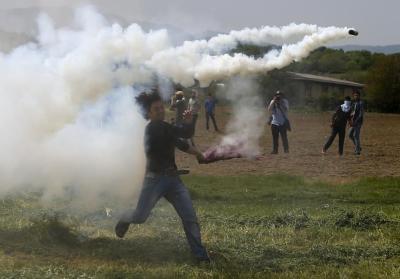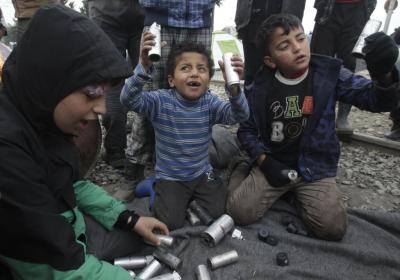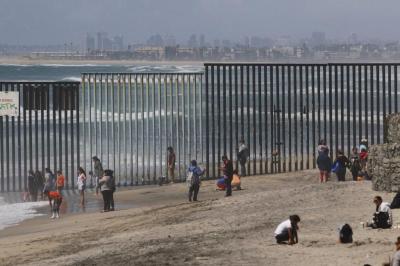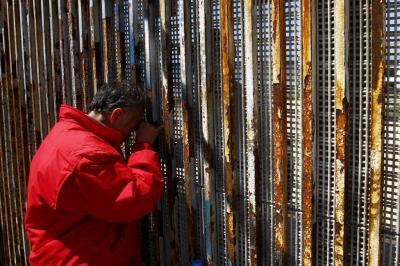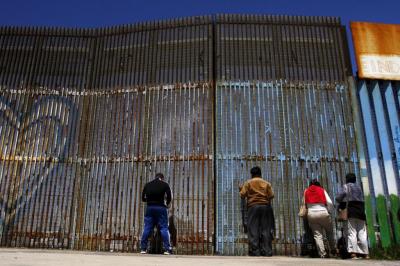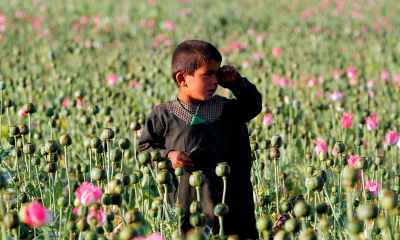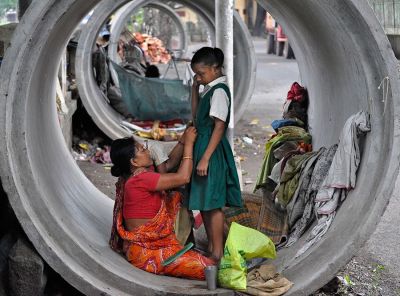Monthly Archives: April 2016
Devastating drought in India
An estimated 330 million people in India are suffering through debilitating drought with the Marathwada region particularly hard hit. Besieged by three straight years of drought, a heat wave is now intensifying the situation for those living in this part of India’s Maharashtra state. Temperatures have soared into the 40-degree Celsius range in some areas, with others only cooling to 38C at night. It’s worse for the poor in rural areas who are forced to drink from whatever water source they can find.
Consumption of well water is leading to a rise in cases of kidney stones, doctors in the region have told Al Jazeera, as each year of drought forces people to dig deeper. Every metre down contains water with more calcium and salts, causing a rise in health problems. Even with water trains bringing some relief, people in other areas are desperately struggling to find potable water to survive on.
The Silk Way Rally 2016 in the Gobi desert
Migrant Crisis : Macedonian police fire tear gas and rubber bullets
Russian jets fly over U.S. ship
Loved ones meet at the wall that separates the U.S. and Mexico
Iraq : Thousands of civilians flee Anbar
Afghanistan : Still the King of Opium
As the world’s largest opium producer, Afghanistan’s steady increase has had a direct impact on global opium cultivation, which reached record levels last year, triggering “a large increase” in cheaper heroin supply around the world, the United Nations said in a report last year. But this happened despite opium poppy cultivation in Afghanistan decreasing 19 per cent in 2015 over the previous year, after rising six years in a row, says the latest available Afghanistan Opium Survey.
The area under opium poppy cultivation in 2015 is estimated to be 183,000 hectares (ha), compared with 224,000 ha in 2014. The cultivation area had decreased for the first time since 2009. Almost 90 per cent of Afghanistan’s poppy cultivation is in the south and the west, and provinces such as Helmand and Kandahar, longtime Taliban strongholds, have become synonymous for poppy cultivation.
As opium production rises, so does Afghanistan’s own drug addiction problem. Estimates put the number of heroin addicts in the country at between 1.5 million and 2 million in a population stimated at around 30 million. And the unchecked Afghan opium production is also blamed for rising drug addiction in neighboring countries, including the former Soviet republics to the north, Iran to the west, and China and Pakistan to the east.
Homelessness in India
Homelessness in India has been a problem for centuries; causing the average family to have an average of five generations being homeless. Homeless people can either be described as living on the streets, in prison, in an institution, or sleeping in other places not meant to be adequate nighttime residences. According to the 2011 Census, there were 1.77 million homeless people in in India, or 0.15% of the country’s total population.
There is a shortage of 18.78 million houses in the country. Total number of houses has increased from 52.06 million to 78.48 million(as per 2011 census). The rise, he said, has “happened because of the liberal loan given by the banks. The census figures of 2011 show that in total India has 78.87 million households in the country against which it has 78.48 million houses which means there is a shortage of just 0.39 million houses in the entire urban area. .
However, it still ranks as the 124th wealthiest country in the world as of 2003. More than 90 million people in India make less than $1 USD per day, thus setting them below the global poverty threshold. The ability of the Government of India to tackle urban homelessness and poverty may be affected in the future by both external and internal factors. The number of people living in slums in India has more than doubled in the past two decades and now exceeds the entire population of Britain, the Indian Government has announced. The number of people living in slums is projected to rise to 93 million in 2011 or 7.75 percent of the total population almost double the population of Britain. Prior to the release of Slumdog Millionaire in 2008, Mumbai was a slum tourist destination for slumming where homeless people and slum dwellers alike could be openly viewed by tourists.
Problems
Some of the problems leading to homelessness include: disability (either mentally, physically, or both), lack of affordable housing (considering that a basic apartment in India costs approximately $177 USD per month ), unemployment (either seasonal or through economic hardships), and changes in industry. Jobs involving heavy industry and manufacturing (that require only a high school level of education) are being replaced by service industry jobs (which may or may not require a high level of education). Since university is less affordable for the average Indian than it is for the average North American or European citizen due to their lower per capita income level, more people in India are becoming unemployable for the jobs of the 21st century. The average per capita income for a citizen of India is barely more than $1,200 USD; compared to $54,510 USD in Canada and more than $64,800 USD in Switzerland.
58,000 children ‘facing death’ in drought-hit Somalia
More than 58,000 children in drought-hit Somalia will starve to death if they do not receive urgent support, the United Nations has warned. The situation in the country, where dry conditions are exacerbated by an exceptionally strong El Nino weather pattern, is “alarming and could get worse”, the UN said on Monday. It added that an estimated 4.7 million people are in need of humanitarian assistance and some 950,000 people “struggle every day to meet their food needs”. “The level of malnutrition, especially among children, is of serious concern, with nearly 305,000 children under the age of five years acutely malnourished,” said Peter de Clercq, the UN aid chief for Somalia. “We estimate that 58,300 children face death if they are not treated,” he added
The warnings, based on the latest data collected by the UN, come four years after intense drought and war sparked a famine killing more than 250,000 people. Northern Somali areas, including self-declared independent Somaliland along the Gulf of Aden and semi-autonomous Puntland, are especially hard-hit. “We are deeply concerned … with severe drought conditions intensifying in Puntland and Somaliland, many more people risk relapsing into crisis,” the UN said, calling for $885m in aid.
The warning comes as neighbouring Ethiopia struggles to combat its worst drought for 30 years. At least 10.2 million people need food aid in Ethiopia, a figure the UN has warned could double within months, leaving a fifth of the population to go hungry.






